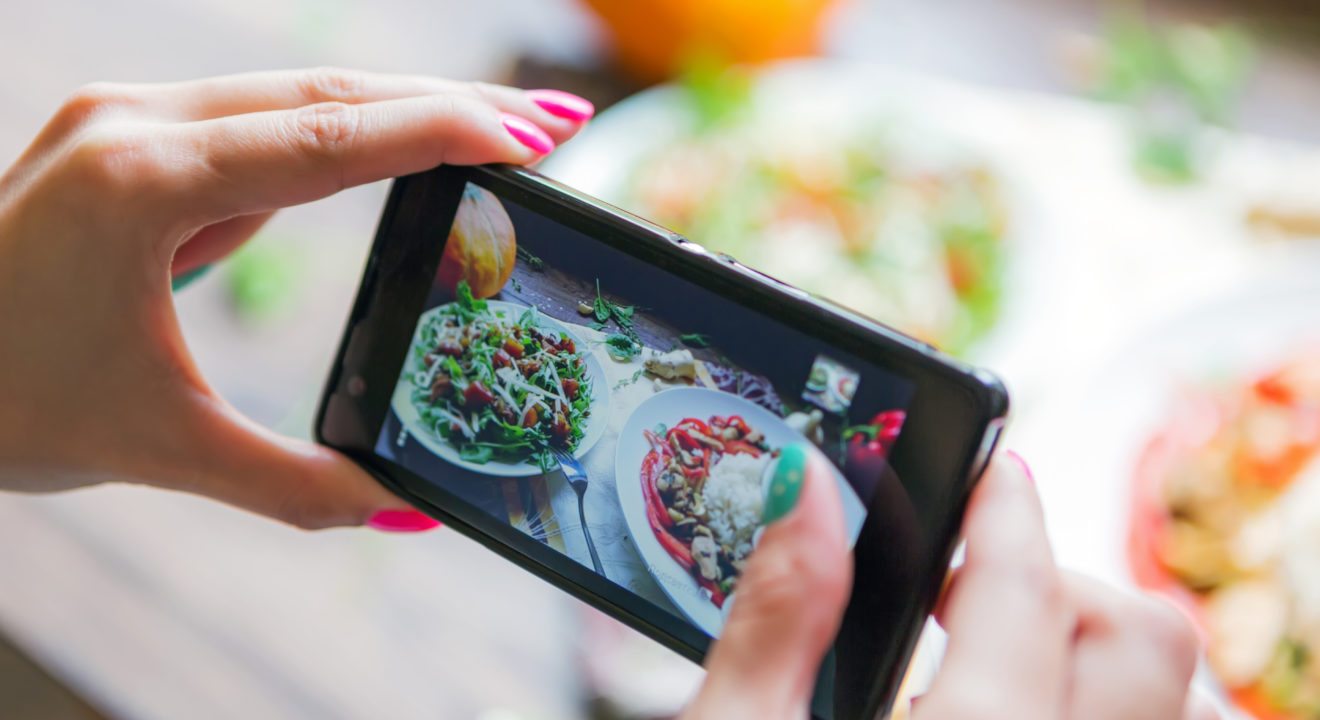Culture August 4, 2016


Being a foodie is an art these days. With cuisine accounts like Food52, it’s hard to even compete with trendy posts. Nowadays, in the age of Instagram, you can’t just say you like food. You have to show your foodie skills by actually cooking and creating food masterpieces. But what if the Clarendon filter can’t save your dish from haters? Here are five reasons why your dish might not be picture perfect.
Gordon Livingston once said, “If the map doesn’t agree with the ground, the map is wrong.” The same can be said for cooking. Daniel Neman, food writer for the St. Louis Post-Dispatch, recalled reviewing a cookbook in which the author said her secret was putting heavier ingredients on the bottom of a pot and lighter ingredients on top. Neman responded with, “This, of course, is nonsense.” Recipes aren’t always accurate nor do they always coincide with your personal tastes. It’s okay to play around with the ingredients to suit your own or your guests’ tastes.
When you’re trying new recipes, you might not know about certain ingredients such as nutritional yeast or tandoori sauce. Because these ingredients aren’t common, they can also be difficult to find. The next best thing? Improvising. But sometimes even with the most creative improvisation, a recipe can turn into something even your boyfriend won’t fake that he likes.
Certain ingredients can be substituted for others. For the most part, eggs can be fried in virtually any oil depending on how you like your eggs and what flavors you gravitate toward. However, there are some ingredient changes that are not as interchangeable. According to Bon Appetit, “the success of any given recipe depends on the specific chemical reactions between ingredients,” so be careful what you’re substituting.
There are so many terms and techniques used in cooking. Enough so that Better Homes and Gardens has a whole dictionary about it. What’s the difference between boiling and broiling? Whisking and whipping? The diverse techniques can be difficult to replicate, especially if you don’t fully comprehend them. Getting the technique down is just as important to a recipe as learning how to use hedge clippers is for a topiarist. You can try to fudge your way through the recipe but your creation won’t turn out as well as it could.
Ingredients to a recipe are parts of a formula. In chemistry class, whenever you performed experiments, did your teacher warn you about being exact with everything you added? That’s because adding too much or too little of a compound could have vastly different results. Correct measurements are so important that according to Chemistry Explained, “It is not an exaggeration to say that modern chemistry is the result of careful measurement.” If chemists need to pay attention to measurements to avoid disaster, you do too in the kitchen.
Following recipes can be difficult when you don’t fully understand them, but cooking, just like anything else, takes practice and patience. If you have both, cooking will be much easier and you can collect your foodie membership card. As the late Julia Child said, “Once you have mastered a technique, you hardly need look at a recipe again and can take off on your own.”